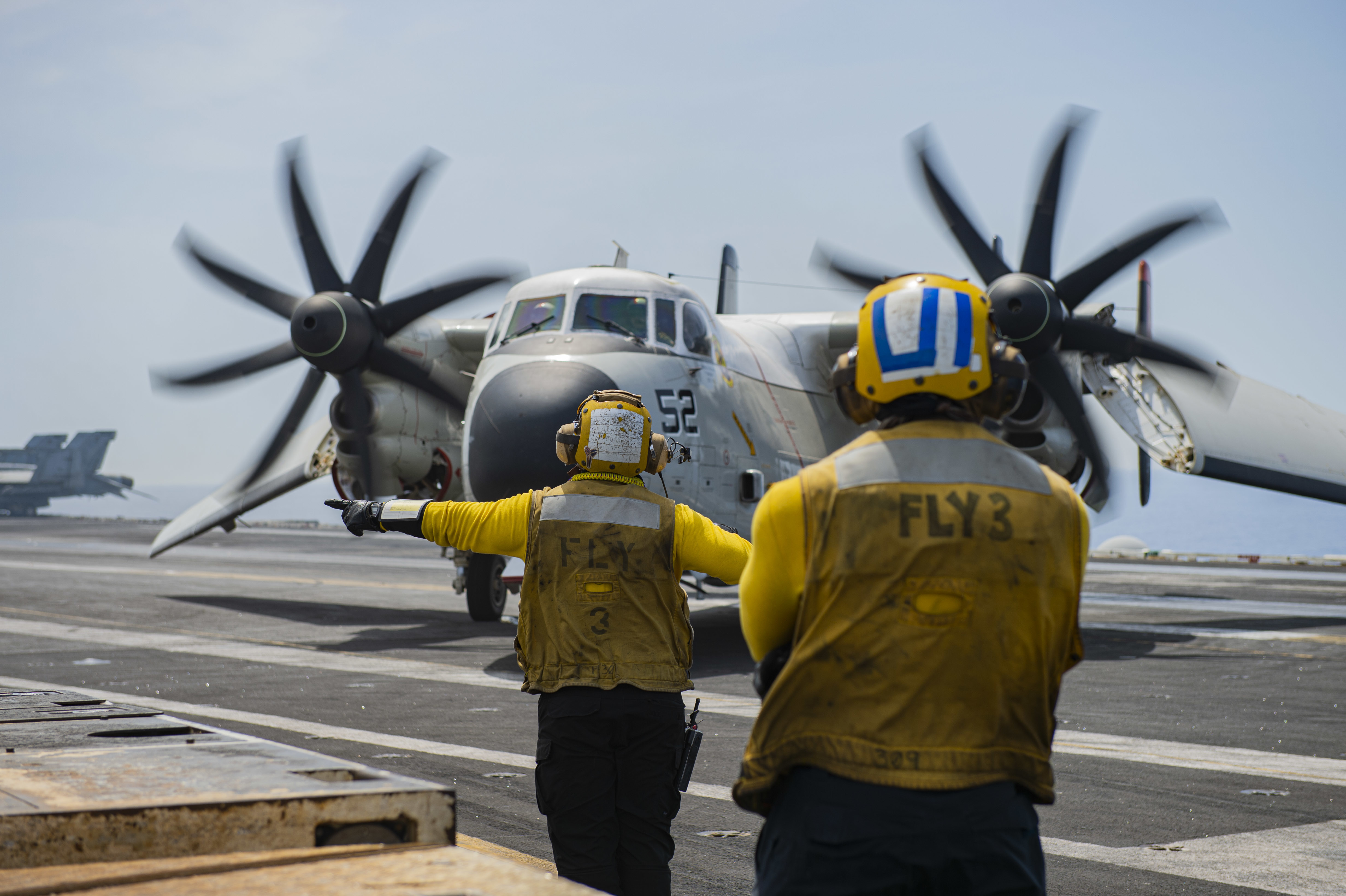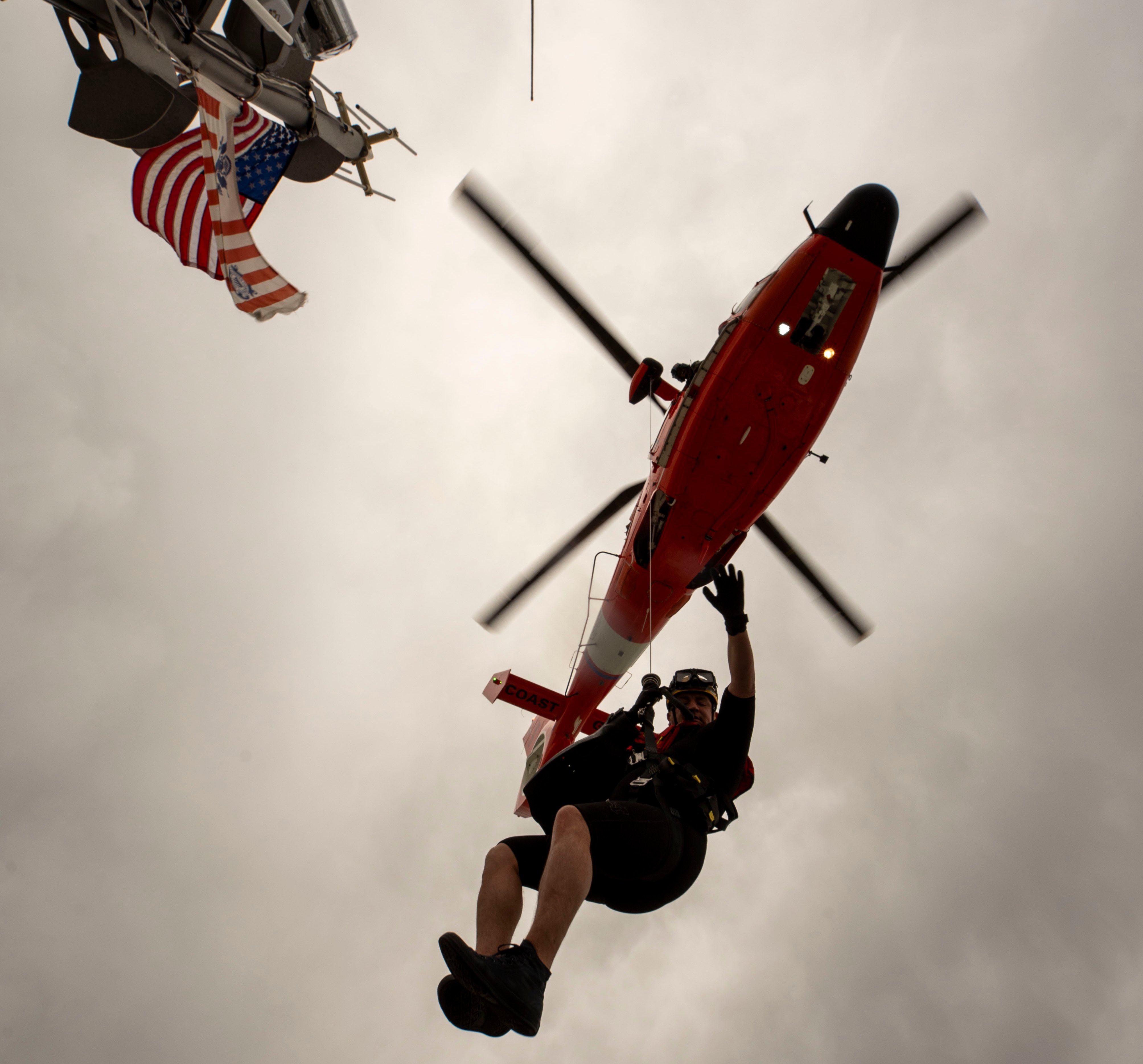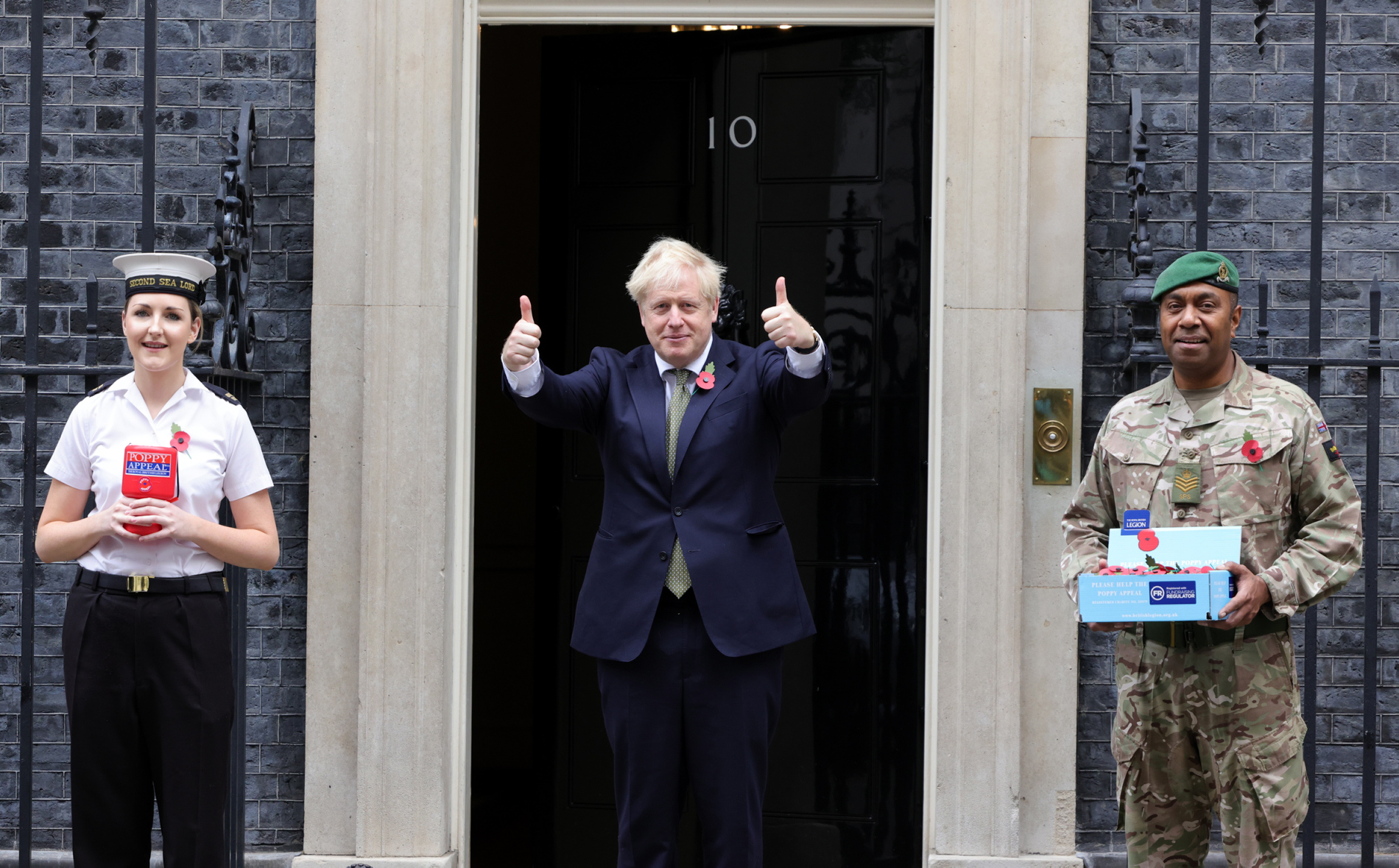
Prime Minister Boris Johnson on Thursday committed the British government to an expansion of defense spending that confirms London’s ambitions about improving the Royal Navy through the middle of the century.
The pledge of about £24.1 billion — or just under $32 billion — supports Johnson’s vision of what he calls a freer and more independent “global Britain” following the United Kingdom’s protracted divorce from the European Union via Brexit.
“Reviving our armed forces is one pillar of the government’s ambition to safeguard Britain’s interests and values by strengthening our global influence, and reinforcing our ability to join the United States and our other allies to defend free and open societies,” Johnson told ministers in the House of Commons.
The defense review that prompted the expansion of spending is still technically underway, but Downing Street said the government already was satisfied about the need to affirm that programs are on track, including, within the realm of shipbuilding:
- eight Type 26 frigates;
- five Type 31 frigates;
- new supply ships for the Royal Navy’s two Queen Elizabeth-class aircraft carriers;
- and a “next generation of warships,” Johnson said, including “multi-role research vessels” and a Type 32 class of frigate.
The expansion in funding also will underwrite other programs and reforms within the British Ministry of Defence, including new integration in its cyber operations, new capabilities to deploy drone swarms and others, the Tory government said.
Political backdrop
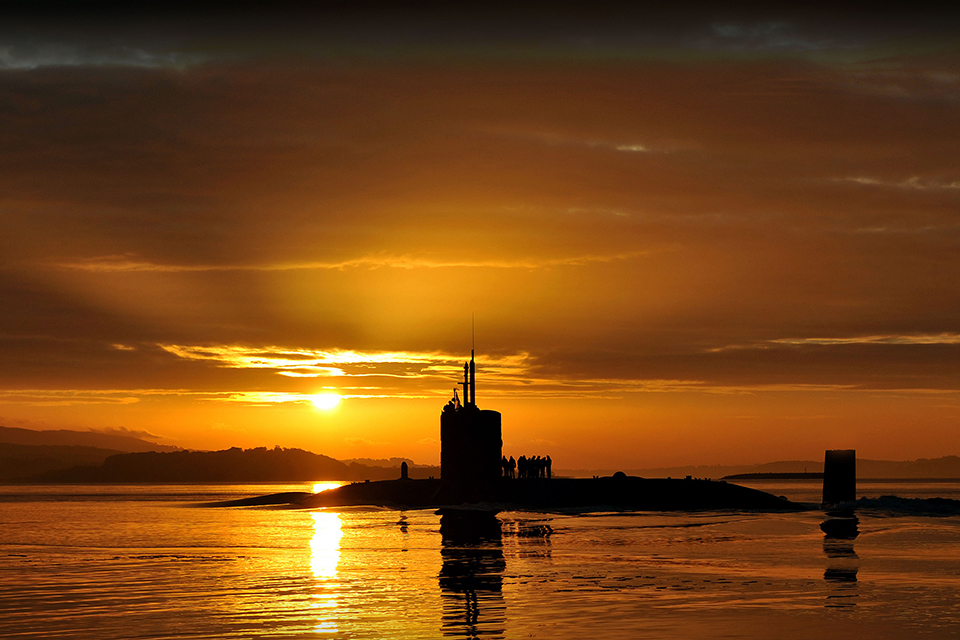
As always, political concerns within Great Britain were as much a part of the calculus in London as Johnson’s post-Brexit global ambitions.
Johnson is keen to preserve support in northern English districts he wrested away from the Labor Party and also to sustain as much backing for union as he can north of the border in Scotland. Johnson personally is deeply unpopular in Scotland, and Brexit has fueled desires there for another independence referendum, one some Scottish independence campaigners hope would be the first step on a course toward petitioning for EU membership.
That would not only cut apart the current U.K. politically and economically but put Scottish shipyards and bases, including the one used by Royal Navy ballistic missile submarines, outside of U.K. territory.
Accordingly, the messages from Whitehall on Thursday focused as much on the promised economic benefits for the North and Scotland as on the putative expansion of British naval or military reach.
“This settlement secures U.K. jobs and livelihoods, allows us to invest in our fantastic shipyards and aerospace industry, spreading prosperity to every corner of the U.K.,” said British Defense Secretary Ben Johnson.
Ruling the waves
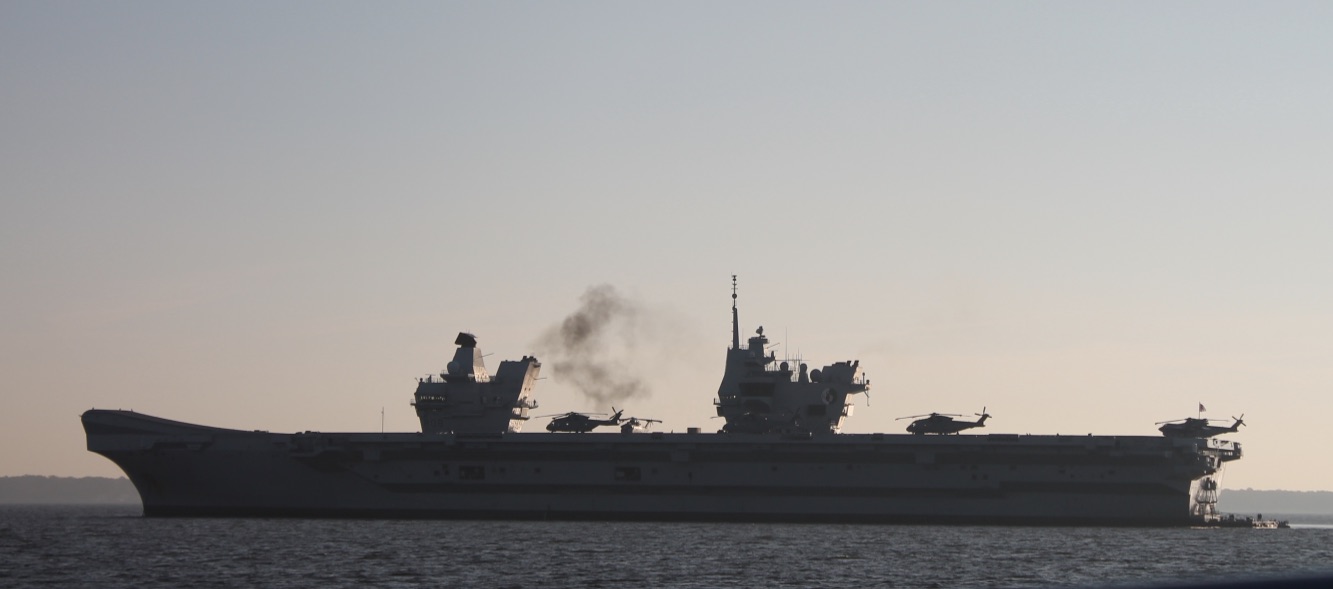
The Tories’ new vision for expanded British forces will extend the U.K.’s lead as the biggest spender on defense in NATO behind the United States and give London command of the most powerful naval force in Europe.
Johnson’s remarks also answer a recurring question about British naval modernization in the 21st century: How committed to it would London remain?
The Royal Navy’s force of two aircraft carriers cost more and took more time than once hoped, and they depend upon the most expensive tactical aircraft in the world today: the F-35B Lightning II. Those costs don’t cover the escorts needed to screen a carrier against hostile submarines or defend it from air attack, nor the auxiliary supply vessels needed to feed, refuel and rearm a strike group while it’s operating.
Johnson’s statement and promise of additional funding put the government’s stamp on a vision for the Royal Navy that includes these essential supporting vessels and capabilities. The concepts for the programs, especially the new frigates, have been under discussion for years, but the Tories’ declaration of support appears to increase the odds they’ll actually be built.
London also likely hopes its moves will buy credibility in the United States.
The prime minister’s direct allusion to Britain’s ability to integrate with the U.S. military follows an interlude of coolness in his dealings with Washington, where Democrats waiting to enter the White House haven’t forgotten Johnson’s closeness with outgoing President Donald Trump and the prime minister’s past criticism of former President Barack Obama.
President-elect Joe Biden is said to worry about Johnson’s handling of Brexit, which in one scenario could result in a hard border dividing the island of Ireland, complicating the peace process there. If Irish peace were damaged, Biden likely would be disinclined toward a free trade deal with Britain, one of a number of compacts the newly independent U.K. wants to pursue outside its old trappings with the EU.
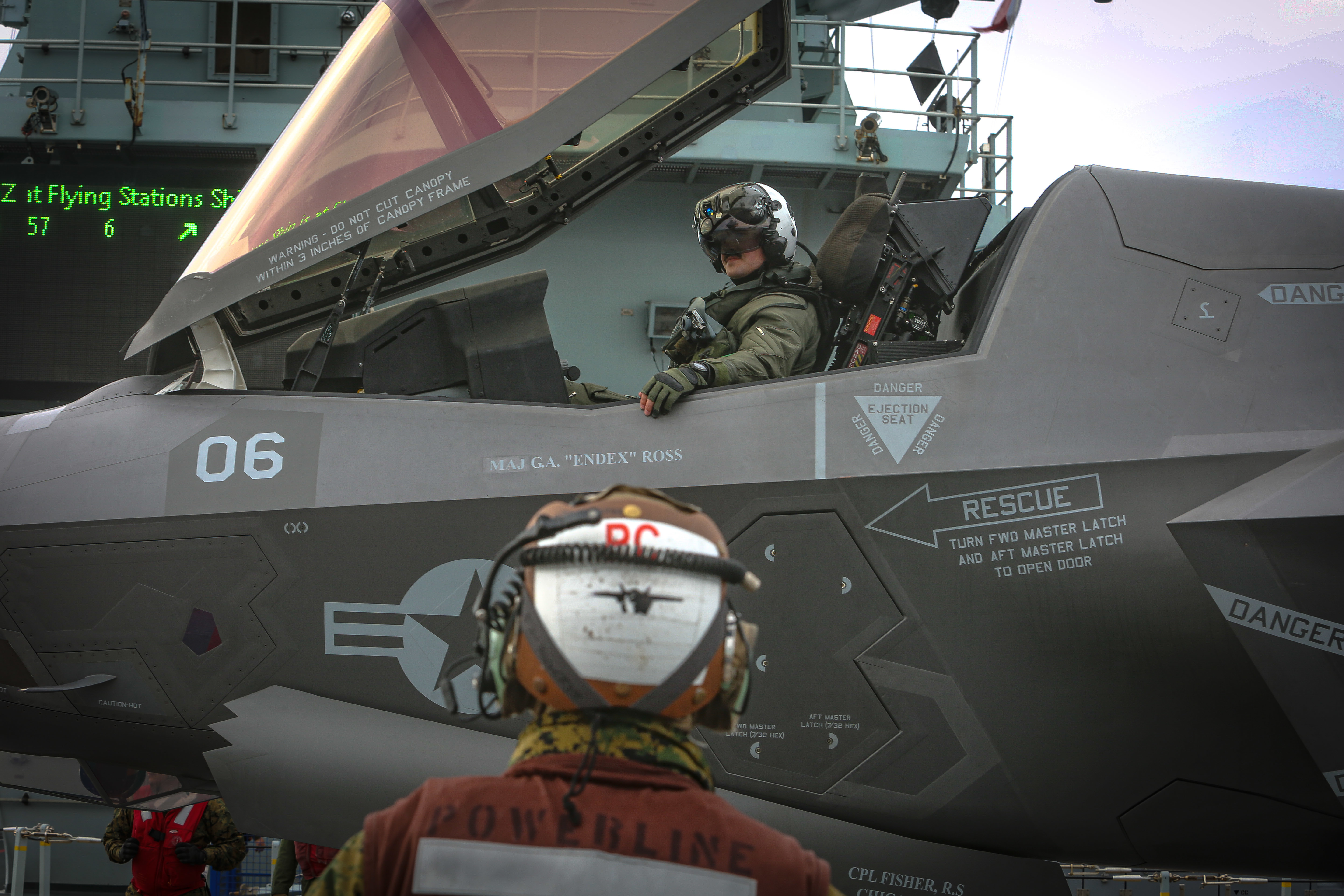
British-American defense integration keeps Washington chained close, however — and it was all but guaranteed anyway, even before the defense funding announcements on Thursday.
U.S. Marine Corps F-35Bs have deployed aboard the Royal Navy’s carrier; American naval escorts have accompanied the ship and vice versa; and the air and intelligence forces of the two nations work together closely at key sites throughout the British Isles. The Royal Navy’s new ballistic missile submarines are set to carry a common missile compartment with the U.S. Navy’s forthcoming Columbia-class.
Naval integration even reaches as deep as the individual personnel of specific warships. This week, for example, the Royal Navy featured the story of one of its officers, Lt. Cameron Fisher, who has deployed aboard the U.S. Navy destroyer USS Winston S. Churchill (DDG-81) — named for the great British prime minister.
“The U.K. and U.S. are indispensable allies and our co-operation is the broadest, deepest and most advanced of any two countries in the world,” Cameron said. “To be able to live and work alongside the US has allowed me a far greater understanding beyond what before I had only known from popular media.”



